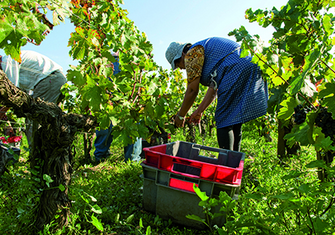Vineyards suffered the most challenging climate events on record in 2023, what can we learn from the harvest?
The 2023 vintage harvest
Every key wine-making region felt the impact of our changing climate this year with some reporting losses up to 90%. Extraordinary heat during the harvest in September even resulted in fatalities. 2023 certainly feels like a watershed moment for wine-growers but it wasn’t all bad.
- Champagne recorded one of the most abundant harvests ever
- Italy and Spain declare 2023 as a wake-up call for winemakers
- Yields and supply are reduced across European vineyards
- What are the implications for wine investors?
Champagne 2023 harvest
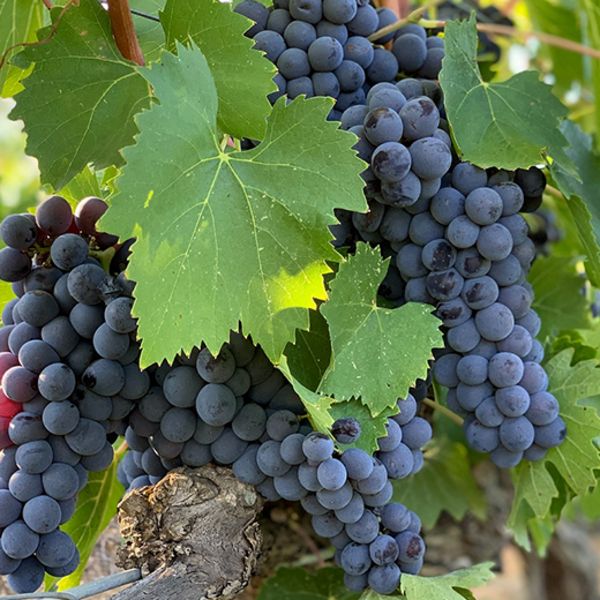
For some, this was an abundant year. Champagne recorded an extraordinary harvest characterised by record-breaking sized grapes and bunches, with some of the heaviest ever recorded. The overall yield was the largest in nearly 20 years. In 2015, the previous record-breaking year, Pinot Noir weighed in at an average 180g, whereas in 2023 220g was recorded. However, the larger grapes mean that alcohol levels are generally lower than the norm in the 2023 vintage.
Champagne Gosset’s cellar master Odilon de Varine commented on 2023 sized grapes “I’ve seen one bunch over 800g for Pinot Noir and over 200g for Meunier. I’ve never seen that before.”
Very wet weather in July and early August stimulated botrytis, fortunately this was curtailed by the very warm and dry weather late August and into September. Temperatures hit 35 degrees Celsius, making conditions tough for the pickers and reportedly contributed to the death of four harvest workers. Teams were working in the vines pre-dawn with head torches in some estates to avoid searing temperatures which reached 38 degrees on the 10th September.
These temperatures were a risk to the grapes and there was a danger that uncontrolled alcoholic fermentation was starting before the grapes hit the tanks. To avoid this grapes were being cooled as they were brought into the winery at Castelnau prior to processing.
“We’ve never had this sort of temperature before in Champagne during the harvest. … We need to think about how to adapt to this temperature level in future harvests.”
How was the 2023 harvest different?
This year the experience of the pickers was even more important. The usual harvest routines were abandoned this year as estate managers and teams responded on a hour by hour basis to conditions to optimise the quality and yield of vulnerable grapes. Selection was key due to the early rain and rot, some black grapes even exploded. These conditions were further exacerbated with extraordinary high temperatures during the harvest.
According to Champagne Billecart-Salmon’s CEO, Matthieu Roalnd-Billecart, “Chardonnay was by far the star of the year”. Another Champagne grower commented that the organic Chardonnay grapes were even better than their conventionally grown Chardonnay and that “the smaller yields in 2021 and ’22 gave the vines more energy for the 2023 crop.”
Meanwhile, some plots of Pinot Noir and Meunier suffered up to 50% losses with grapes left on the vineyard floor. The Champagne harvest was so abundant that this did not impact target yields. The true size of this harvest cannot be verified due to the rejected grapes.
It's too early to determine the quality of Champagne in 2023. Currently, the warming climate is good for the quality and quantity of Champagne created. Warmer September temperatures have produced exceptional harvests in the last few years. But what can we expect in the future?
Roland-Billecart comments that “Each year we have to adapt to find the right balance, often working with riper fruit, but our degree of influence is limited as nature ultimately decides. Today adaptability is key.”
Bordeaux 2023 harvest
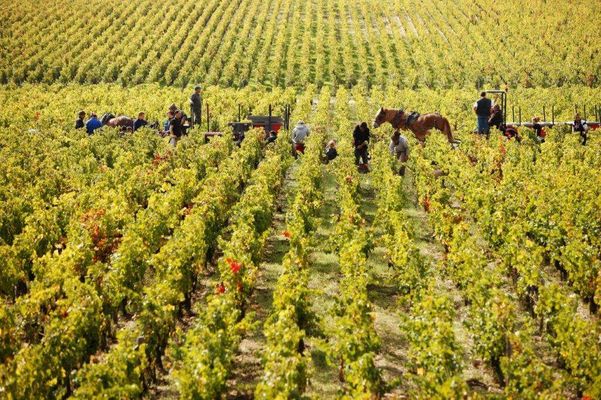
Hail and frosts affected nearly 10,000 hectares of vines in Bordeaux in the Spring, followed by extensive periods of drought in the Pessac-Leognan, Pomerol and St Emilion appellations. Some irrigation was even allowed in these regions to balance the lack of rainfall.
Around 90% of vineyards were affected by mildew in July, the most significant outbreak in a very long time. Merlot was most affected varietal, and Cabernet Sauvignon, Cabernet Franc and Malbec were more resilient. As a result of the weather, Bordeaux has had a 10% smaller harvest than average and the smallest since 2017, when late frosts devastated yield. It should be noted that 2023 is likely to be a more Cabernet-weighted year.
There’s still limited available information on the key Bordeaux wines. Pierre-Olivier Clouet, MD at Chateau Cheval Blanc stated that “This is another early harvest, but it is not at all the same style of vintage as last year.”
Burgundy 2023 harvest
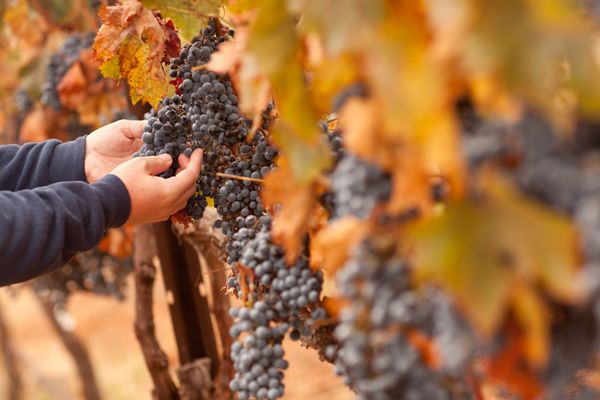
Harvest in the key vineyards for investment wines began in mid-September. Pinot Noir bunches were recorded as generous this year and September warmth delivered important ripeness.
Both Chardonnay and Pinot Noir look to have delivered average yields in Burgundy, however some vineyards are recording losses due to hailstorms and a very dry summer. More information to follow.
Italy 2023 harvest
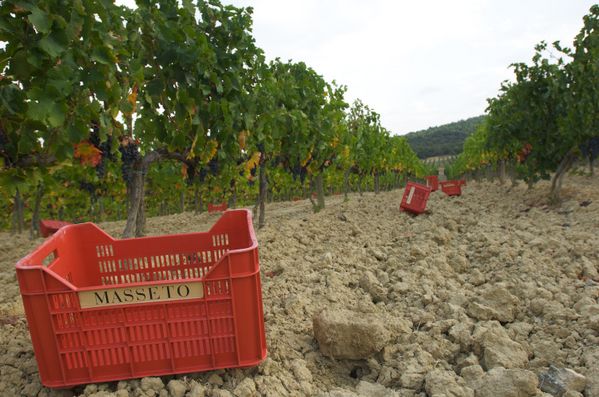
Italian vineyards experienced the “chronic effects of climate change” in 2023 with central and southern Italy severely affected. Extreme weather events included extensive rainfall with over 70% more rain than in 2022, floods, hailstones, and drought. Overall, the Italian 2023 vintage is forecast to deliver a 12% lower yield than the annual average.
The unusually wet start to the growing season triggered a devastating downy mildew outbreak decimating many vineyards in the south and central Italy. The fungus shrinks the grapes and reduces yield. In Tuscany production is forecast to fall by 20% this vintage, and in the south this figure is dramatically increased. Growers in Etna reported a shocking 90% loss.
Meanwhile northern vineyards escaped much of the damage and are faring much better. Piedmont’s production is forecast to be just 2% lower than its average annual supply. The investment wines of this region produce less generally than the Super Tuscans for example, so any reduction is important to note in terms of a potential future impact on price.
Hard work in the vineyards and cellars this harvest have been essential to mitigate the effects of an increasingly challenging climate for wine growers in the country.
Spain harvest 2023
Europe’s third largest wine producer, after France and Italy, Spain endured its warmest and second driest Spring on record and the hottest August. Very warm to searing temperatures later in the season with low rainfall levels developed into extreme drought. As in 2022, harvest began in early August and, as in other European countries, was also managed in extreme conditions. Yield has been severely impacted with a predicted loss of 20% across the country.
A regional commentator stated that “This year’s harvest serves as a warning about the future of viticulture.”
Napa harvest 2023
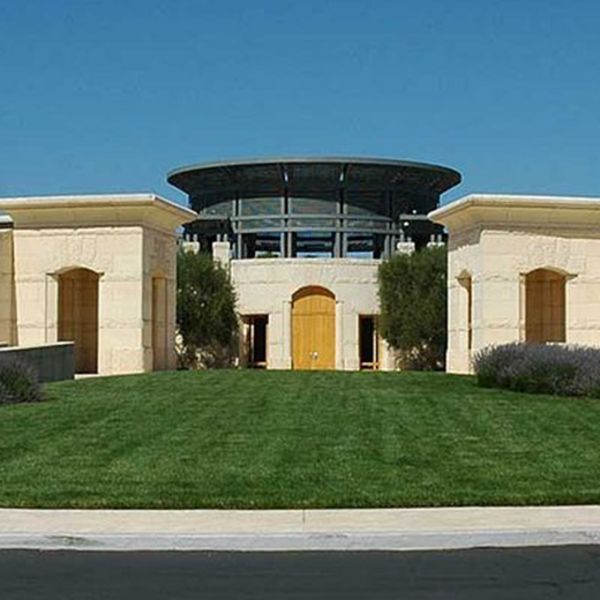
Winemakers on the US west coast are also dealing with the challenges of a changing climate. 2023 has not followed traditional patterns with a wet winter, cooler Spring and growing season. Mildew and localised rot have been issues and larger grapes and clusters are more vulnerable.
Ripening has occurred across varietals simultaneously, rather than the usual staggered timing. Early varietals such as Chardonnay and Pinot Noir ran late and Merlots and Cabernets were ready to pick on time. This has created intense pressure for pickers during the 2023 harvest and tank space was a challenge. Despite these issues, some winemakers are already referring to outstanding quality in Napa this vintage.
Our view
The 2023 vintage has been shaped by weather conditions that have made news headlines. We witnessed horrific and fatal floods in Italy and central Europe, searing temperatures and forest fires that also claimed lives. The fact that vineyard workers died during harvest in September due to the temperatures is unheard of before 2023.
We know extensive research is being undertaken by governments, industry authorities and the vineyard owners into how the climate is affecting viticulture and developing strategies to adapt. Key developments looking at the need to grow different grape types to cope with the changing climate, could see the signature wines for certain regions change as more resilient varietals replace those most at risk. Winemaking is evolving with organic and biodynamic farming key drivers, but climate is the most significant catalyst to the developments that need to take place.
How will investment wines be affected. Ultimately, the producers of these great wines are the best resourced and will drive the research and changes that need to be made. Older vintages and even those made this year will become even more highly prized as the ability to repeat the wines of the past becomes impossible as new grape types and viticulture practices have to be introduced. That is not to say the wines of the future will be inferior or less valuable. They will simply be different.
For more information on investing in fine wine and the current market conditions see our latest Market Report and contact our expert team on 0203 384 2262.
